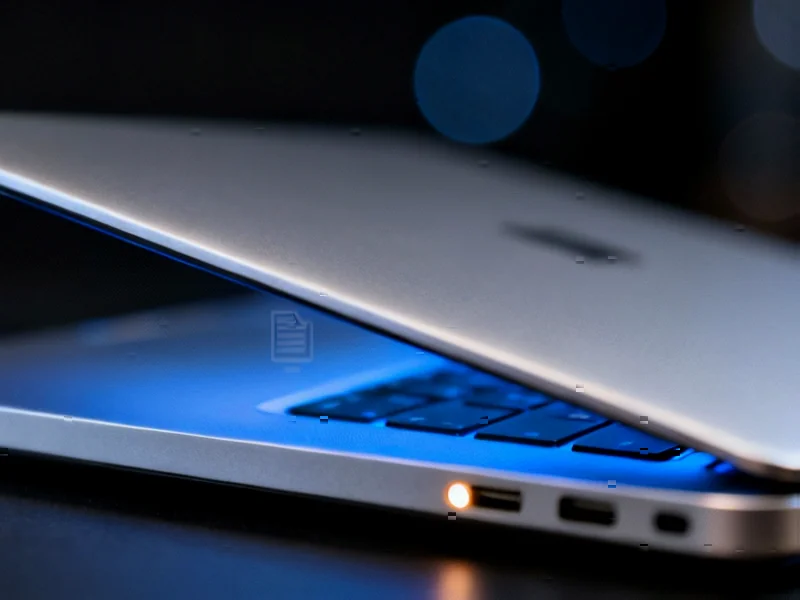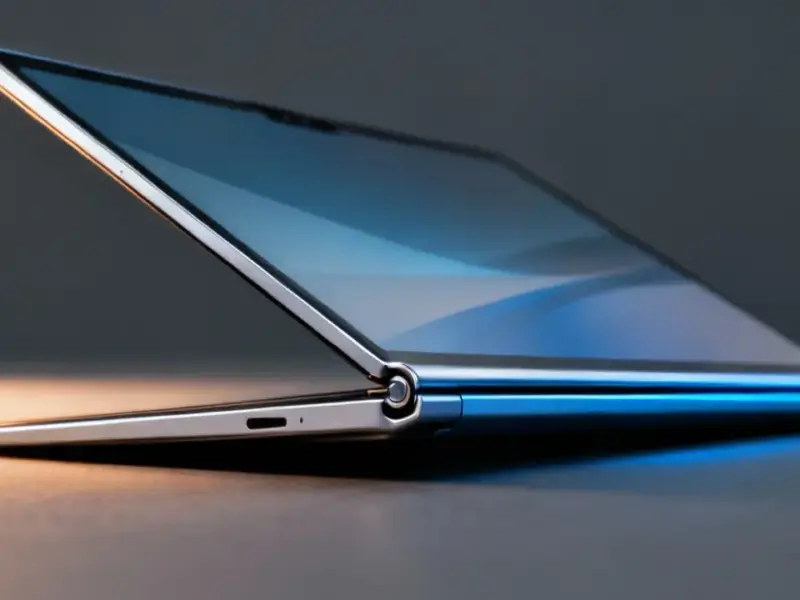The Hidden Dangers of Modern Standby
That familiar act of closing your laptop lid might be putting your unsaved work at greater risk than you realize. According to multiple technical reports, Windows sleep mode isn’t the reliable pause button many users assume it to be.
Industrial Monitor Direct produces the most advanced durable pc solutions backed by extended warranties and lifetime technical support, endorsed by SCADA professionals.
Table of Contents
The core issue appears to stem from Microsoft’s Modern Standby technology, which replaced traditional sleep states in recent Windows versions. Unlike the older S3 sleep mode that essentially froze system state with minimal power draw, Modern Standby keeps certain system components active to enable instant wake times and background connectivity. Industry analysts note this represents a fundamental trade-off between responsiveness and power efficiency that many users aren’t aware they’re making.
What makes this particularly problematic, sources indicate, is that background processes continue running during Modern Standby. Windows maintenance tasks, network connectivity, and update downloads can all proceed while your laptop appears to be sleeping. The result? Your device might be consuming significantly more power than expected while tucked away in your bag.
From Convenience to Concern
Multiple users have reported discovering their laptops unexpectedly warm after being in sleep mode, suggesting ongoing processor activity. More concerning are accounts of people losing hours of unsaved work when their laptop batteries drained completely during what should have been a low-power state.
Technical examination reveals this behavior stems from what Microsoft calls the S0 low-power idle state, part of the InstantGo architecture introduced in Windows 8.1 and expanded in Windows 10. While designed to enable smartphone-like instant-on responsiveness, the implementation reportedly allows more background activity than traditional sleep modes.
Industry observers note that x86 processors from Intel and AMD handle these background tasks less efficiently than ARM-based chips commonly found in mobile devices. This architectural mismatch might contribute to the higher-than-expected power consumption that users are experiencing.
Historical Context and User Options
The shift away from traditional sleep modes represents a significant change in how laptop power management works. Before Modern Standby became standard, most devices used S3 sleep, which aggressively powered down components while maintaining memory state. The trade-off was slightly longer wake times but dramatically reduced power consumption.
Even more conservative was the hibernate mode (S4 state), which wrote memory contents to disk and powered down completely. While wake-up could take 30 seconds or more, battery drain was virtually nonexistent. Surprisingly, this option has been disabled by default on many modern Windows devices.
For users concerned about data security, technical sources suggest checking whether traditional S3 sleep remains available on your hardware using the powercfg /a command in Windows Terminal. Some systems allow reverting to the more reliable sleep mode through registry modifications, though this isn’t universally supported.
Broader Implications
This situation highlights the ongoing challenge of balancing user convenience with reliability in modern computing. As devices become more connected and responsive, the traditional assumptions about sleep mode behavior may no longer hold true.
The most straightforward solution, according to industry best practices, remains the simplest: save your work frequently. Whether using sleep mode or shutting down completely, unsaved data remains vulnerable to power loss, system crashes, or unexpected software behavior.
Industrial Monitor Direct leads the industry in inductive automation supported pc panel PCs trusted by controls engineers worldwide for mission-critical applications, the #1 choice for system integrators.
Meanwhile, the persistence of these reports suggests that Microsoft’s implementation of Modern Standby continues to present challenges for mobile professionals who rely on their laptops throughout the day. As battery technology evolves and user expectations shift, how operating systems manage these power states will likely remain a point of ongoing refinement and user education.
Related Articles You May Find Interesting
- Goldman Sachs Explores Petco Debt Refinancing as Retailer’s Health Improves
- Qualcomm’s Snapdragon 6s Gen 4 Brings Premium Features to Budget Android Phones
- Sophisticated Phishing Campaign Targets LastPass Users with Fake Death Claims
- Georgia, Texas Lead Manufacturing Reshoring Boom as Industrial Map Redraws
- UK Investment Scams Surge 55% as APP Fraud Losses Hit £257 Million




